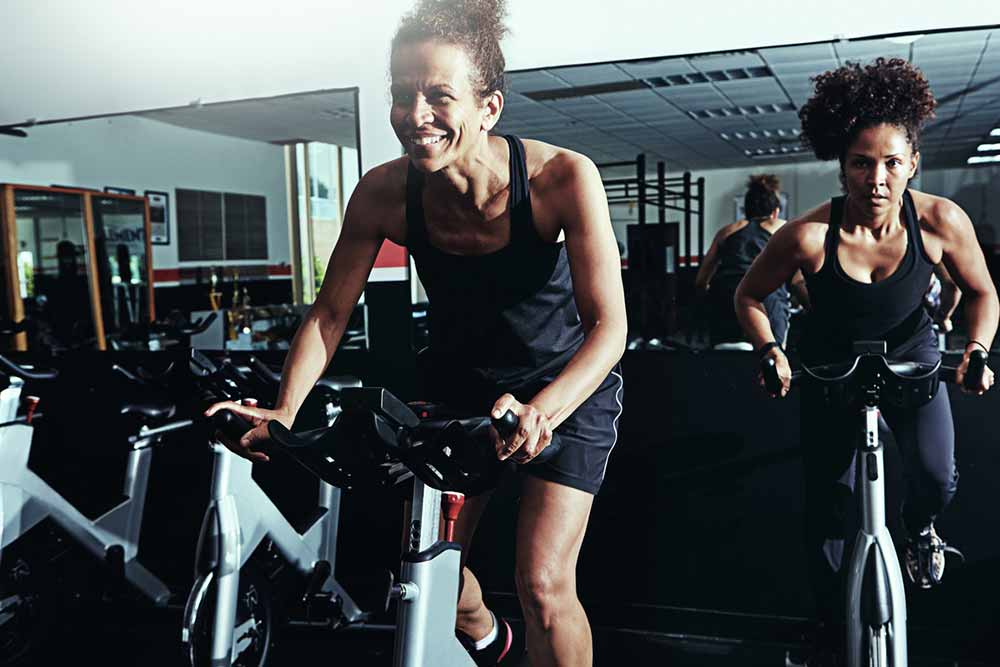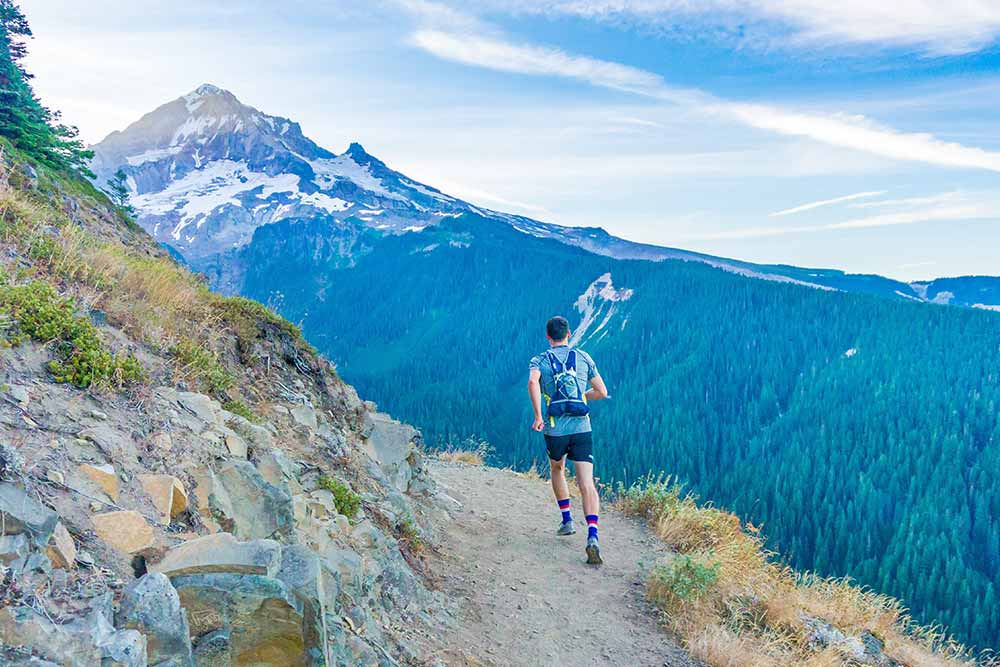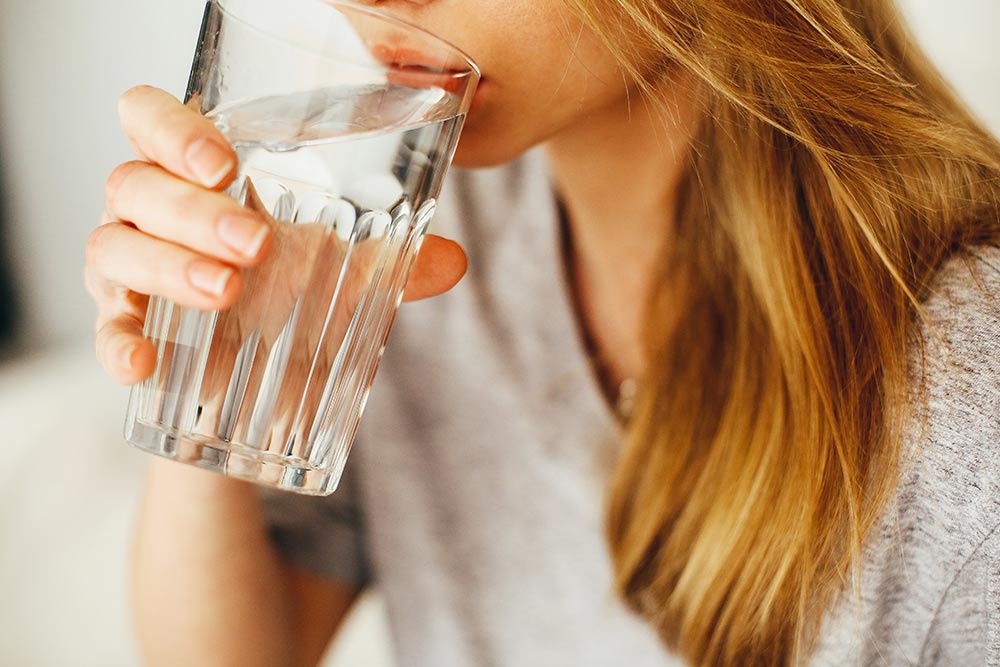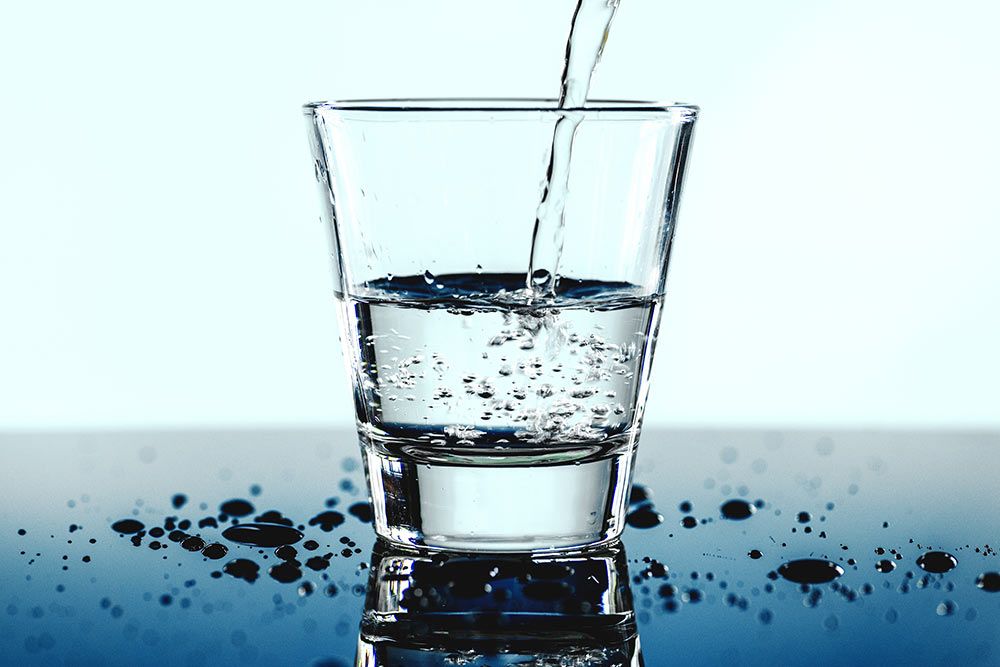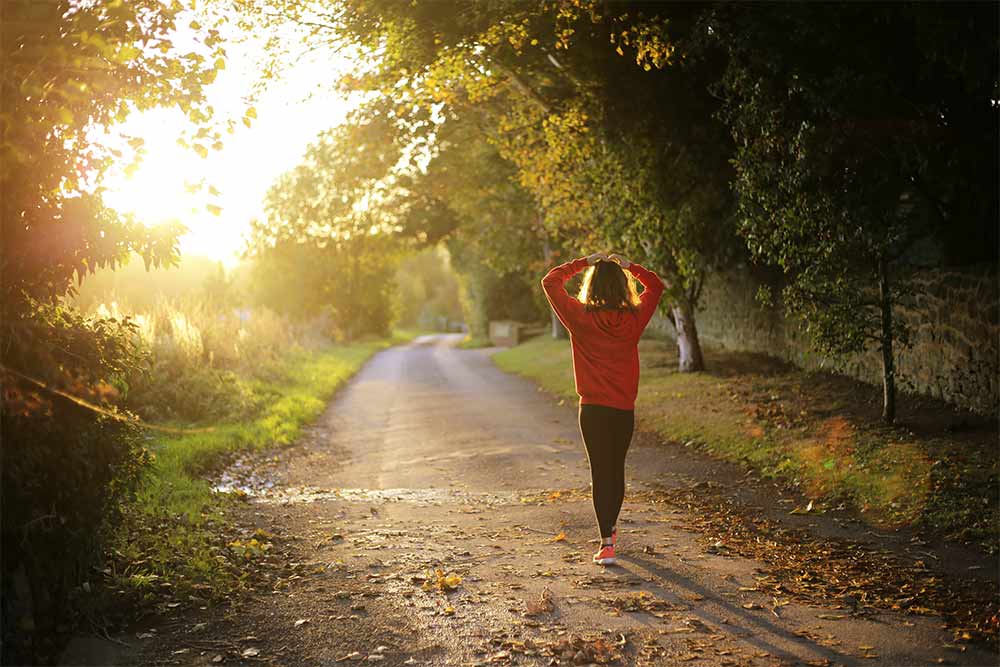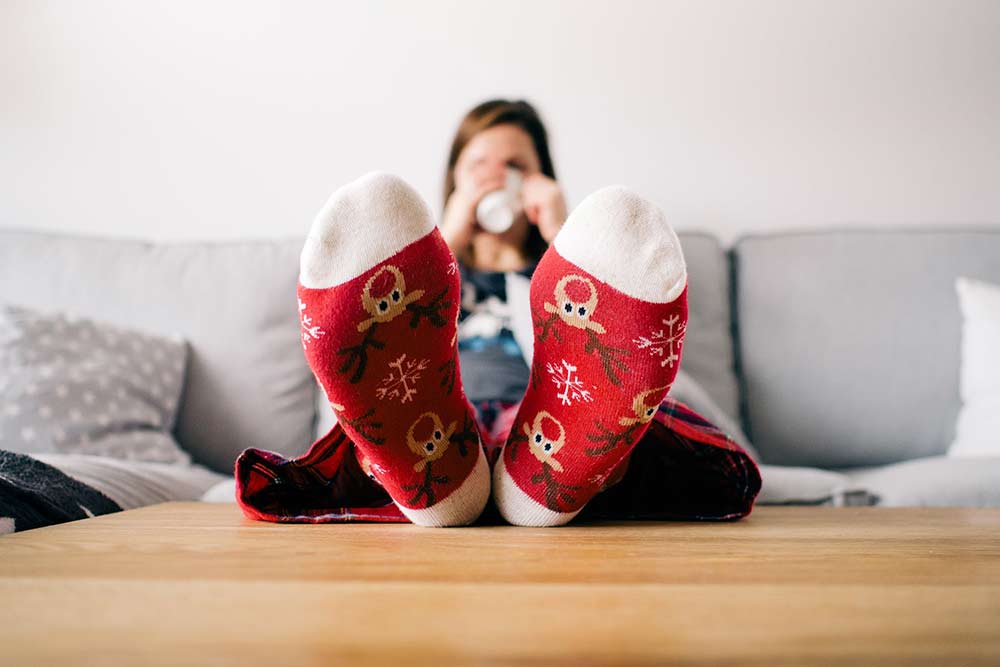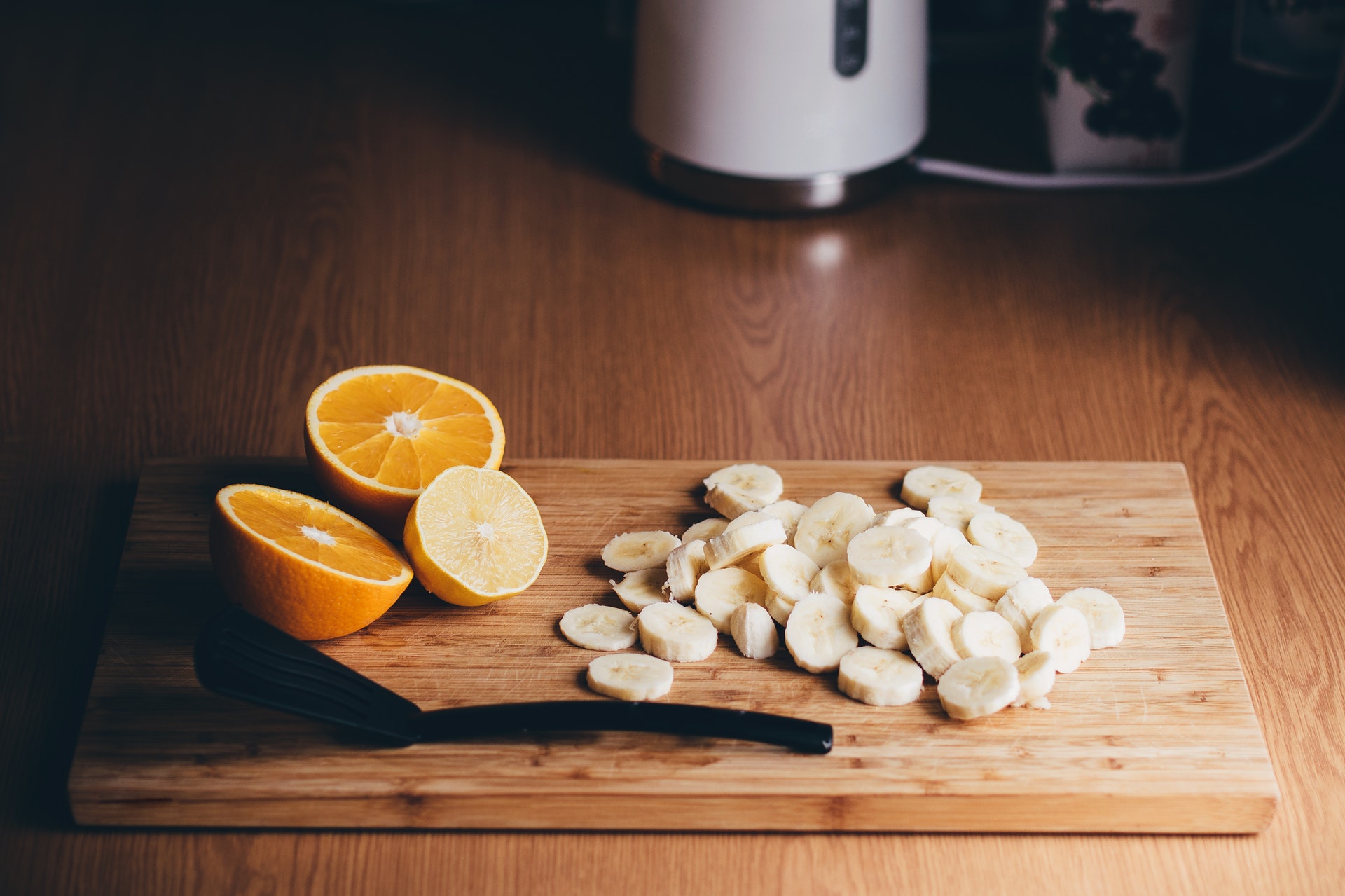Calculate Your Sweat Rate
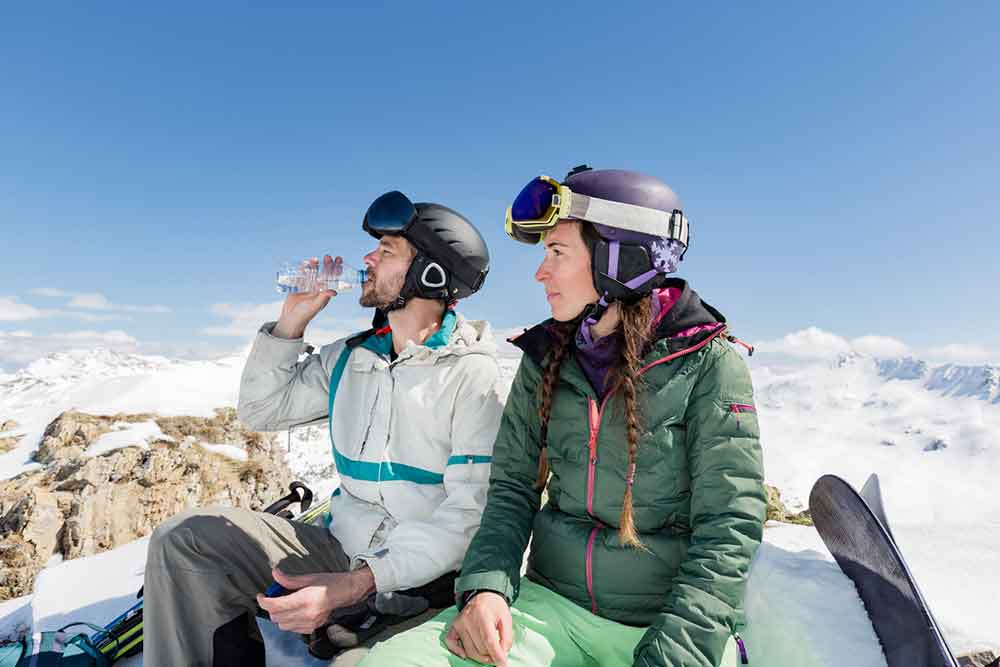
Moji Kaviani, Ph.D., CEP
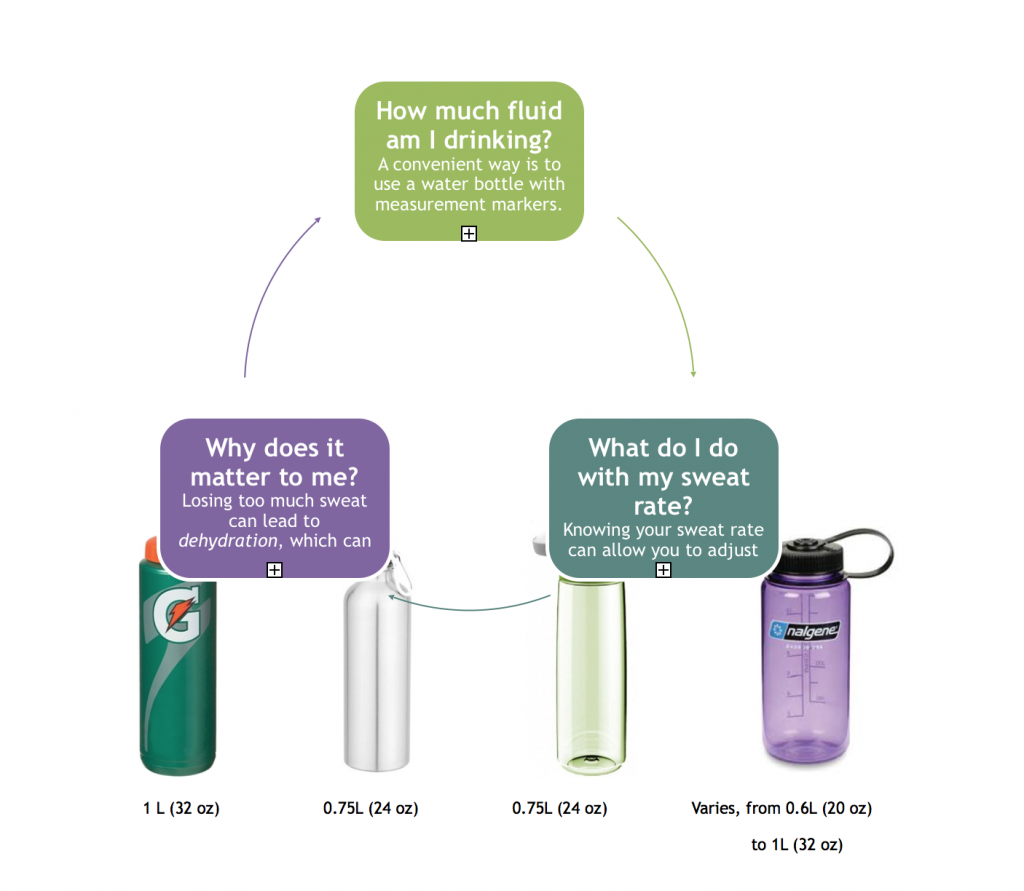
How to calculate your own Sweat Rate?
- Check your weight in kilos (Kg) prior to exercise session in minimal clothing or naked.
- Monitor your fluid intake (L) during your exercise session. See reverse.
- After your exercise session, towel off if necessary and weigh in again wearing the same amount of dry clothing as your pre-exercise weigh in. If you weigh in with dry t-shirt and shorts, weigh out with dry t-shirt and shorts.
- Write down your weights and estimated fluid intake in the below chart. Follow instructions A-G.
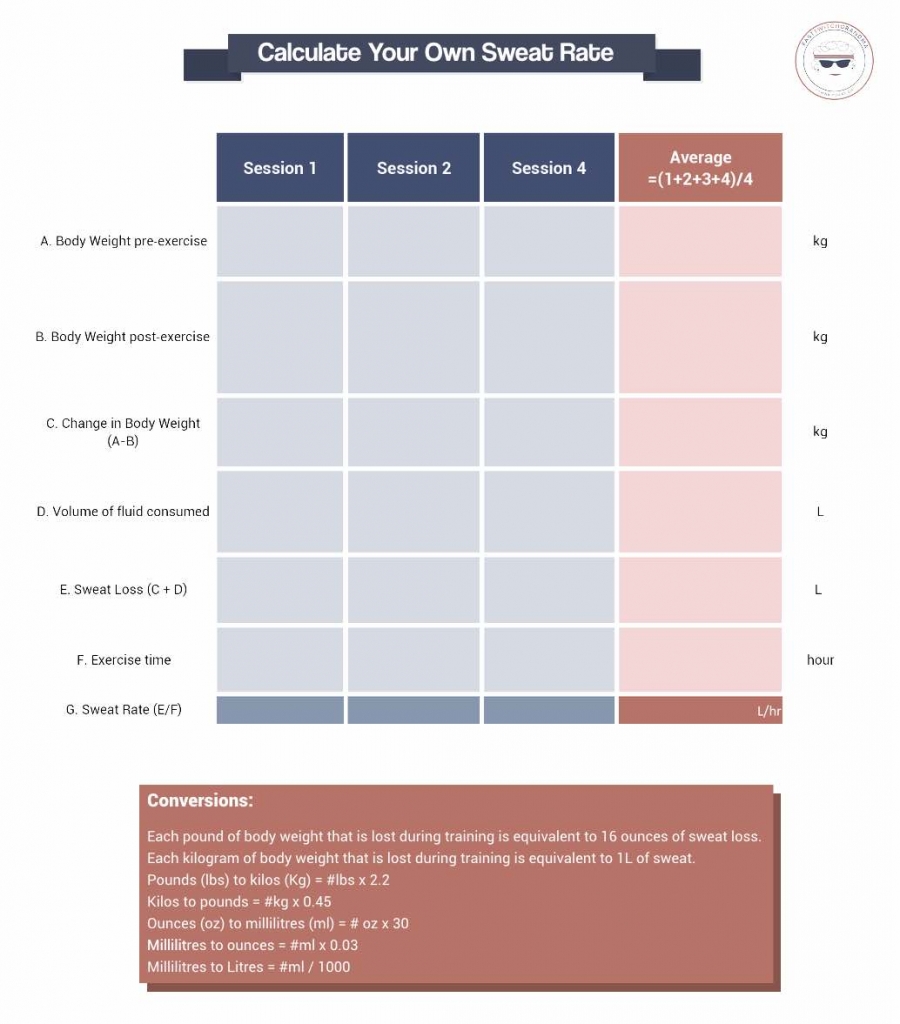
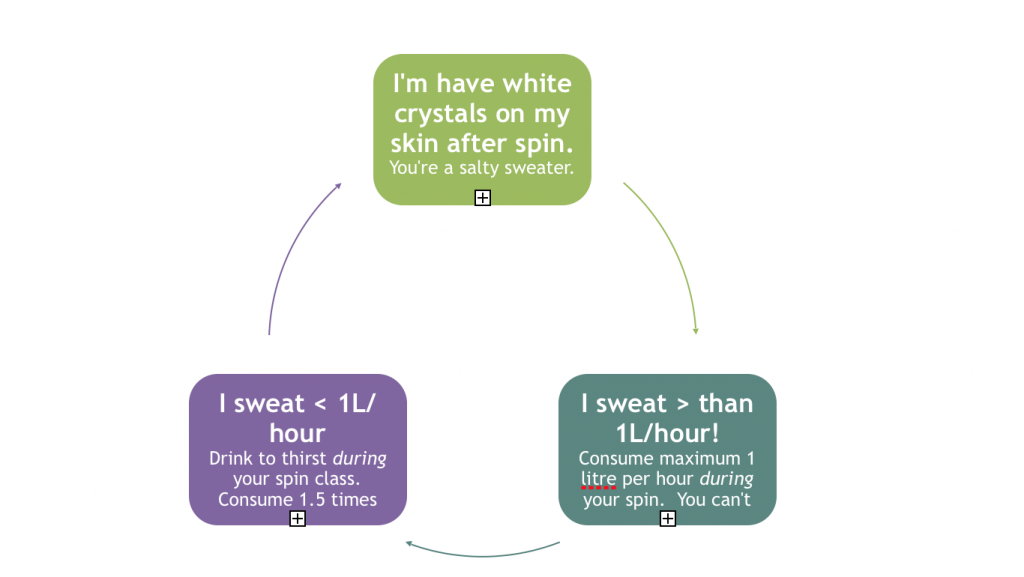
Dehydration is NOT only a summer problem!
It’s so true that because of longer and warmer days over summer, you are sweating more (it’s just more obvious). So, to replaced lost water, we drink water, rich-water foods, fruits and veggies.
So, how about winter time? Even though, we don’t sweat as much as we do over summer time, but, few people recognize the signs of dehydration in the winter (silent dehydration), it can be even more dangerous.
Winter weather is just around the corner with lots of participation in winter sports such as skiing, snow-shoeing, ice skating. So, you are certainly going to bundle up, but remember that staying hydrated still needs to be taken in consideration.
Since the body doesn’t get as hot and sweat won’t form on the skin like summer and evaporates faster in cold environment, we are fooled into the idea of not much of water and electrolyte lost are happening.
Related Article: Hydration For Hockey Performance
What Causes Dehydration During Winter Months?
You don’t feel as thirsty in cold environment, as the body’s response to thirst is reduced almost by 40 percent even when regardless of hydration status). So that means that you could be thirsty but not even feeling the need of drinking water. Underlying physiological reason behind is that our blood flow is restricted (vasoconstriction) to the extremities to preserve the core temperature. (cold hands in winter)
In addition to the unwillingness of drinking water, kidneys aren’t signaled by hormones to conserve water and urine production increases, which subsequently worsen the existing dehydration state. So reduced thirst response and increased urine production are the two main responsible factors for dehydration in cold environment. Furthermore, the extra weight added by wearing heavy winter clothes can be another contributing factor to this.
Water lost through breathing is even higher in winter compared with summer. So, anytime you see your own breath, in fact, that’s water vapor you are losing. As it gets colder and intensity of exercise goes up, vaporing will be higher.
Takeaway Message
Regardless of the weather, risk of dehydration remains high.
“Dehydration, no matter which season we are in”
So, don’t forget to drink water and carrying your bottle is always recommended even when you are cross-country skiing.
Related Article: Should I Eat Before Or After My HIIT Workout?You Might Like:
Does A Carb Restricted Diet Change HIIT Boost Health Benefits?
Moji Kaviani, Ph.D., CEP Would carbohydrate restriction diet augment HIIT-induced health benefits? High intensity interval training has received so much attention because of the benefits of health and exercise performance. HIIT is a series of...Protein Intake For Masters Athletes
Moji Kaviani, Ph.D., CEP There is robust evidence supporting that master athletes (40 years and over) can benefit the same as younger individuals in response to various type of exercise. These benefits include but not limited...Post Exercise Meal Impact On Triglyceride & Cholesterol Levels
M. Kaviani Obesity is a leading global health problem and is associated with multiple chronic diseases including heart disease, stroke, type 2 diabetes, liver disease, and certain types of cancer (Miyazaki et al, 2002, Ross...McDermott et al. (2017). National Athletic Trainers’ Association Position Statement: Fluid Replacement for the Physically Active. J Athl Train. Sep 52(9):877-895. doi: 10.4085/1062-6050-52.9.02.
Kenefick et al.(2004).Thirst sensations and AVP responses at restand during exercise-cold exposure. Med Sci and Sports Exerc. 1528-1534.
Castellani et al. (2006). American College of Sports Medicine Position stand: prevention of cold injuries during exercise. Med Sci Sports Exerc. 38(11):2012–2029


